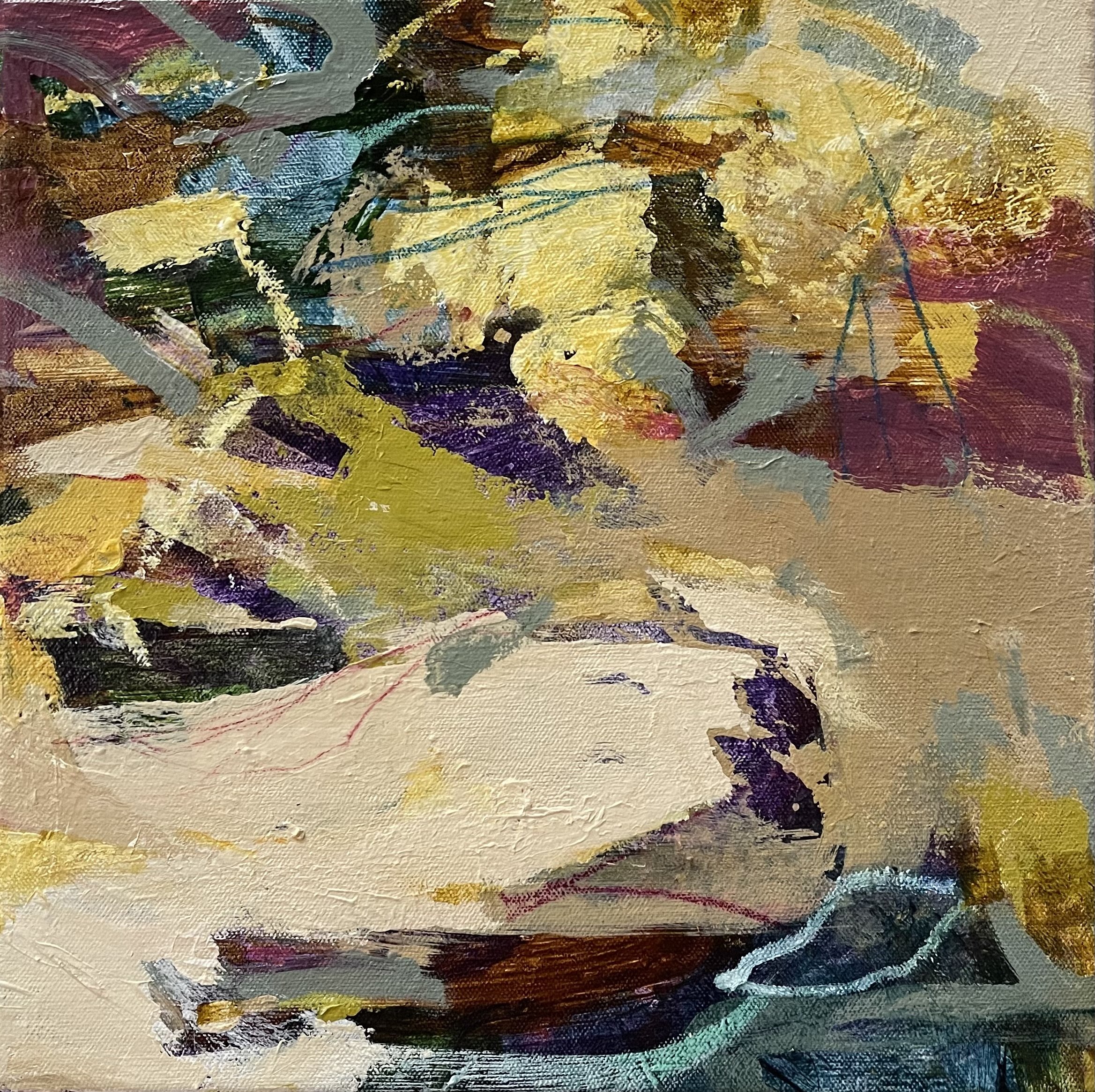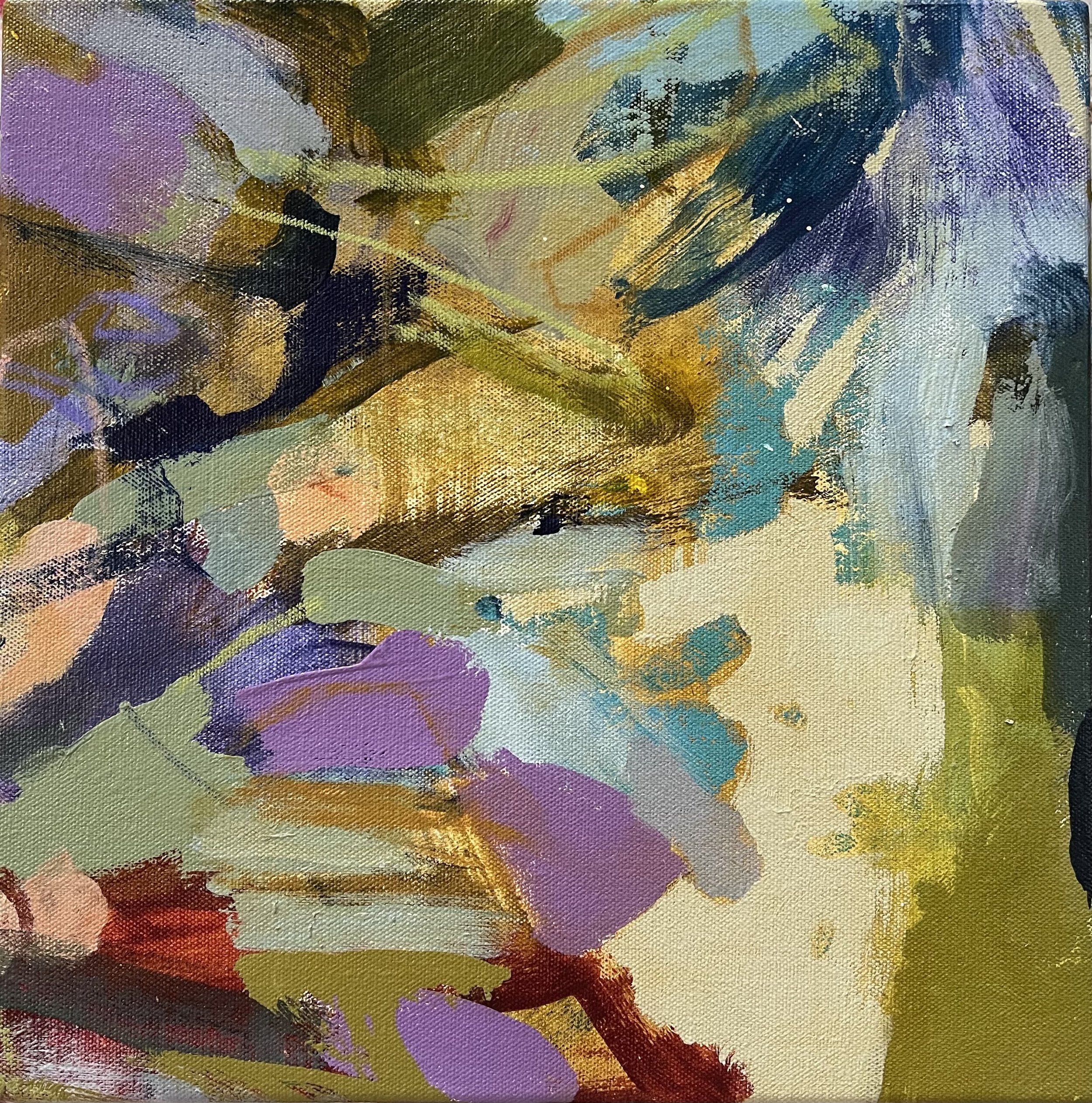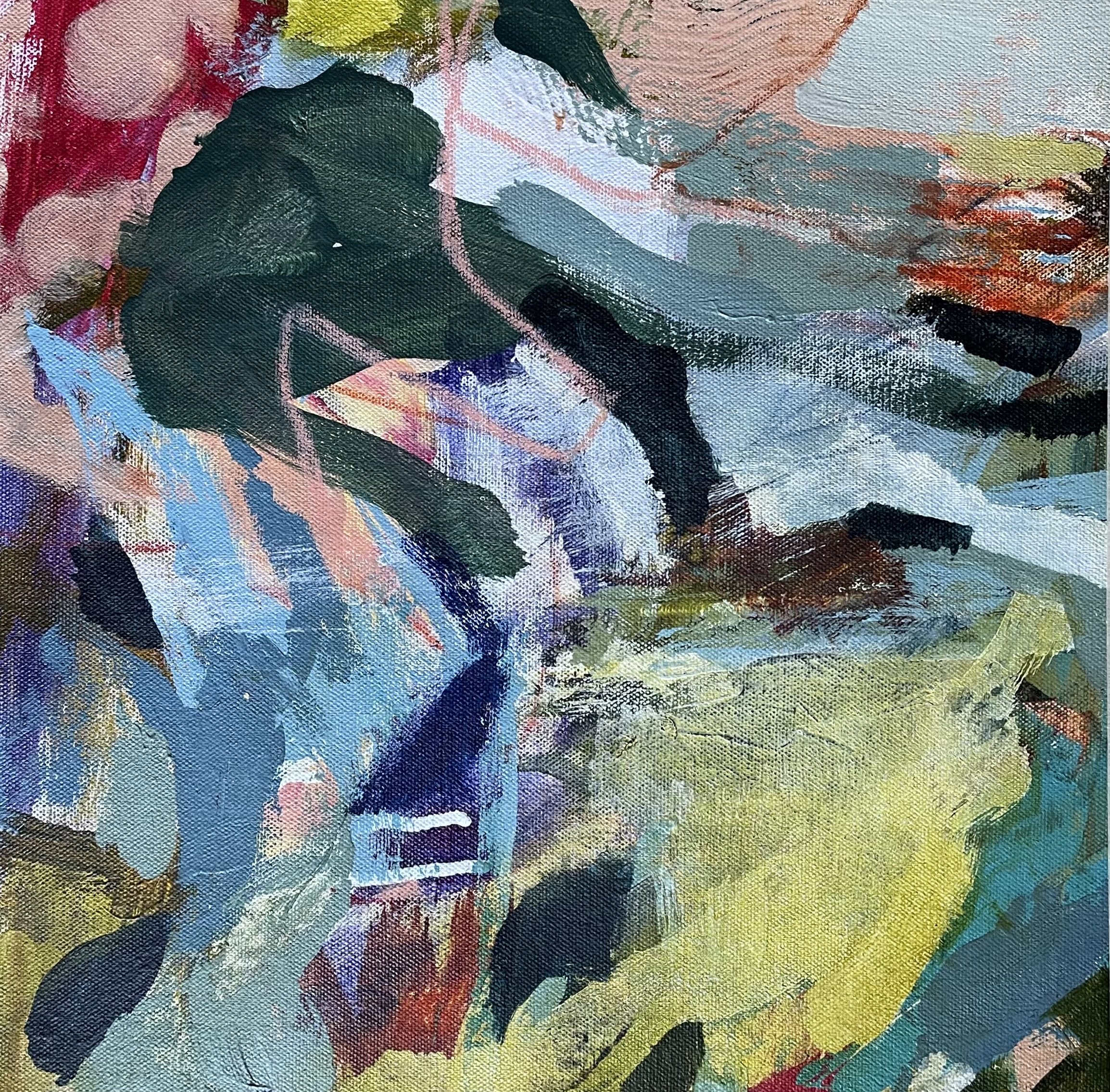Teach Yourself, Artist!
Exercise 1
If I’ve learned one thing in my years of searching for “the answers” to how to create the abstract art I desire, it’s the lesson Dorothy learned in the Wizard of Oz:
You have everything you need within yourself. You had the power all along.
Once you’ve learned and have an understanding of the Elements and Principles of art, painting abstracts simply becomes about what you prefer within those parameters.
Which brings you to the challenge of learning about yourself:
What do you create? And what do you admire in others work?
In order for this to be effective, you need to get some concrete information for yourself. Understand what composition, color palettes, value structure, substrates, style and size of work you make. Does that coincide with the work you most admire? You might want to spend some journaling time exploring these questions.
Once you have that information, you can decide where you want to make progress. Doing things differently gives you new “ways in” that can help you break barriers and overcome the muscle memory that has you doing the same things repeatedly. Setting new challenges for yourself includes creating personal exercises that will encourage you to try new things.
For myself, I decided that I wanted to work on composition because I seemed to be fighting through the same sort of painting repeatedly. I wanted to bring in different ways of working to shake things up. Doing the opposite of what I’d normally do opened up new compositional ideas.
To create your own exercise in composition, find something new, maybe even completely the opposite of how you normally work and repeat it at least 3 times. (Once is never enough!) Here’s some exercise ideas to get you started:
1 Paint a large substrate, using as much freedom as you can muster in one painting session. Think about applying paint in different ways, using a wide range of value and a three primary color palette. (feel free to mix lots of color variations from those 3 colors) Once dry, Cut the substrate into equal pieces, scramble them, and work on them in a series, looking to resolve the chaos into a composition on as many pieces as you can. Remember to rotate the pieces as you go and feel free to crop them, (it’s not cheating!)
Exercise 7
Exercise 2
2. Repeat the large painting in exercise #1, but instead of cutting into equal pieces, use a large viewfinder by cutting a mat in two L shapes to find possible compositions in the larger painting, and cut each possibility out. It’s fine if they’re different sizes. Try to resolve them in a series.
3. Similar to the above exercise, tape together 6 substrates and paint them as one, then separate and resolve. Try resolving them in a series.
4. Create a large free painting as in exercise 1, then using white paint or gesso, paint out the areas you find least attractive before following the rest of the exercise.
5. Gather low cost substrates such as cheap paper, poster board or cardboard and paint a series of quick compositions within constraints that make sense for you - 4 daily compositions, 10 weekly compositions, etc. Save your favorites for ideas. Count your failures and give yourself a little gift for every 50 you collect. (Remember, the failures are the gold you learn from!)
6. Simplify photos from your phone into contour drawings on cheap substrates. Paint them using a palette of 3 different colors - a light, a dark and a mid-tone. (or stick to 3 values of black and white). Can you find interesting compositions within them? Feel free to crop!
7. Using a black and middle gray marker, practice dividing a page of thumbnails into 3 large shapes on the grid, then subdivide from there to get interesting shapes and relationships.
8. Cut or tear failed paintings into shapes and use them for collage to create compositions on cheap paper, posterboard or cardboard. Add in torn up book pages, music scores, maps, etc.
Tips:
use materials that aren’t precious to you. If you have to get poster paints and old pizza boxes to set yourself free, do that!
mix up your exercises by adding different constraints. For instance: work only in black and white, or work in only one size.
look for things that are a change for you. If you normally work big, try working small, etc.
consider your personal exercises as fuel for your own personal growth, not something you need to share.
start a composition sketchbook. Write, doodle, cut out, collage, collect ideas.




